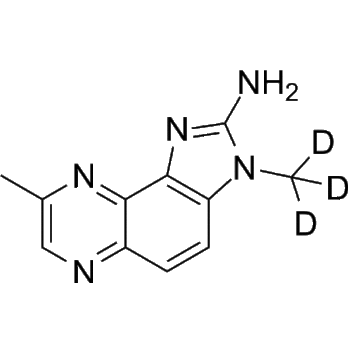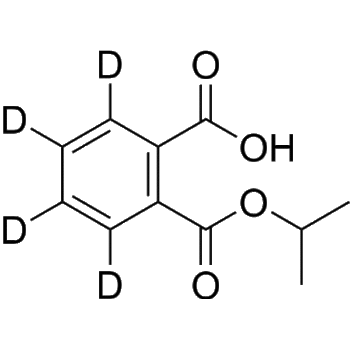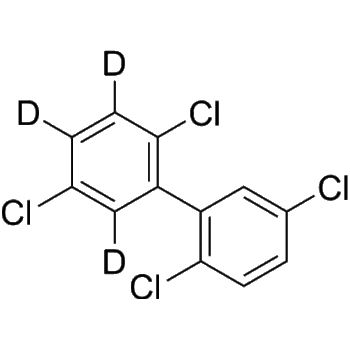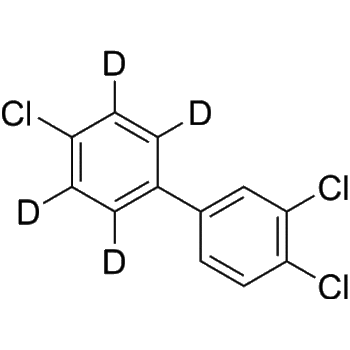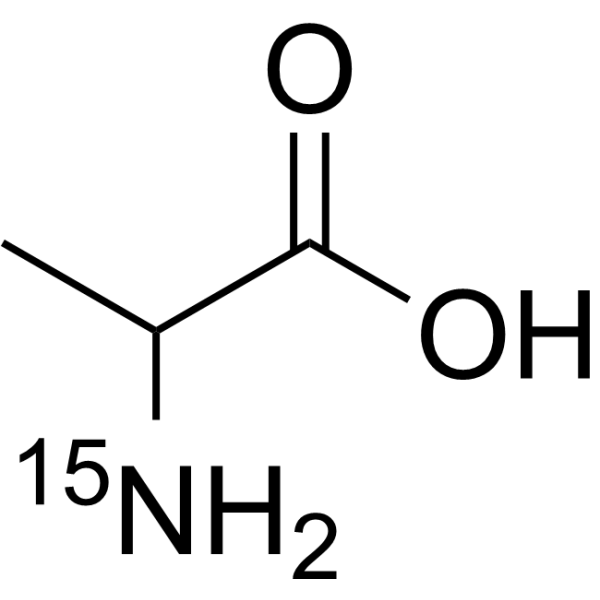
Download Files:
DL-Alanine-15N
SKU
HY-N2362S5-Get quote
Category Isotope-Labeled Compounds
Tags Endogenous Metabolite, Metabolic Disease, Metabolic Enzyme/Protease
Products Details
Product Description
– DL-Alanine-15N is the 15N labeled DL-Alanine[1]. DL-alanine, an amino acid, is the racemic compound of L- and D-alanine. DL-alanine is employed both as a reducing and a capping agent, used with silver nitrate aqueous solutions for the production of nanoparticles. DL-alanine can be used for the research of transition metals chelation, such as Cu(II), Zn(II), Cd(11). DL-alanine, a sweetener, is classed together with glycine, and sodium saccharin. DL-alanine plays a key role in the glucose-alanine cycle between tissues and liver[2][3][4][5][6][7].
Web ID
– HY-N2362S5
Shipping
– Room temperature
Molecular Formula
– C3H7 15NO2
References
– [1]Russak EM, et al. Impact of Deuterium Substitution on the Pharmacokinetics of Pharmaceuticals. Ann Pharmacother. 2019 Feb;53(2):211-216.|[2]Amrallah AH, et al. Mixed ligand complexes of benzimidazole and pyrimidine hydroxy azo dyes with some transition metals and glycine, dl-alanine or dl-leucine. Talanta. 1998 Aug;46(4):491-500.|[3]Eder José Guidelli, et, al. Synthesis of silver nanoparticles using dl-alanine for ESR dosimetry applications. Radiation Physics and Chemistry. Volume 81, Issue 3, 2012: Pages 301-307.|[4]Rashid M, et al. Biosynthesis of Self-Dispersed Silver Colloidal Particles Using the Aqueous Extract of P. peruviana for Sensing dl-Alanine[J]. Isrn Nanotechnology, 2014, 2014:1-7.|[5]Tapper DN, et al. Taste stimuli: a behavioral categorization. Science. 1968 Aug 16161(3842):708-10.|[6]Yamaguchi M, et al. Terahertz absorption spectra of L-, D-, and DL-alanine and their application to determination of enantiometric composition[J]. Applied Physics Letters, 2005, 86(5): 053903.|[7]Yamamoto T, et al. Gustatory reaction time to various sweeteners in human adults. Physiol Behav. 1985 Sep35(3):411-5.
CAS Number
– 71261-64-8
Molecular Weight
– 90.09
SMILES
– [15NH2]C(C(O)=O)C
Clinical Information
– No Development Reported
Research Area
– Metabolic Disease
Solubility
– 10 mM in DMSO
Target
– Endogenous Metabolite
Pathway
– Metabolic Enzyme/Protease
Product type
– Isotope-Labeled Compounds
Disclaimer: All products are for Research use only unless clearly stated otherwise on the product datasheet. Datasheets provided on the website are drafts for reference purpose only and you are requested to always refer to the hard copy included in the kit for your experimentation. Agdia Products are available for delivery only in Canada.
